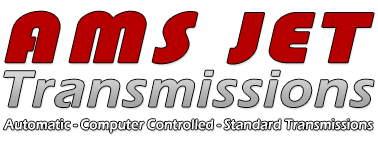The only way to guarantee the safety of your car is through inspection. No matter how good a driver you are, you are not safe unless your vehicle is in excellent condition. For instance, a tire that does not have enough tread can cause a driver to slide on snow and hit another vehicle. Moreover, if the brake lights are not working, the vehicle behind you won’t know whether you are stopping or not, causing an accident on the road.
In this post, we talk all about car safety inspections:
#1 What
In the US, each state individually regulates car safety and emissions inspections. While safety inspection involves checks to ensure the car is functioning properly, car emission inspection determines the level of air pollutants emitted from a motor vehicle’s exhaust.
Here is what car inspection related to safety standards check:
- Windshield wipers
- Brakes
- Glazing
- Horn
- Rearview mirrors
- Reflectors
- Running gear
- Seat Belts
- Tires
- Wheel Assembly
- Lights
- Motor, Serial, or Vehicle Identification Number
- Window tinting
- Gas caps
There may be some variation depending on the state, but this is usually the standard for a car safety inspection.
#2 How
There are dedicated inspection stations in many states where drivers can get their cars checked by trusted professionals using vehicle inspection technology. During a safety inspection, mechanics and inspectors look at the engine and other parts to see if the car meets the safety standards or not. They can also use under-vehicle inspection technology to check for any harmful objects in the vehicle. In some cases, officials use an automatic license plate reader to get the exact details about the car and driver.
#3 When
Vehicle inspection is an annual exercise, but contact your state’s Department of Motor Vehicles (DMV) to know more about the state’s law. While many states allow local repair shops to work as vehicle inspection stations, some require you to go to DMV. If you are buying a used car, then get it inspected by a trained mechanic. Here’s the general paperwork you’ll need for most inspections:
- Driver’s license
- Title
- Proof of insurance
- Bill of Sale or other sales documents, if applicable
- VIN Inspection form, if applicable
#4 Benefits
Despite making such a huge investment in buying a vehicle, a lot of people take a passive approach when it comes to vehicle maintenance. However, the truth is: cars need regular use and upkeep to stay in shape, even if you are barely driving them. Here are some benefits of routine car safety inspection:
High safety: A car breakdown at night on a busy highway or interstate not only puts you at risk but other drivers as well. Preventive maintenance and a safety inspection are always best.
Reduced repair costs: A safety inspection exposes any signs of minor problems like cracks, leaks, and excessive wear and tear due to friction. If you pay attention to these issues and perform timely repairs, you can extend the lifespan of essential parts.
About Jet Auto Transmissions
With over three decades of experience in the automotive repair and maintenance industry, our team of experts offers a broad range of auto repair services. Our ASE-certified staff is committed to solving problems with utmost care and safety. We specialize in car transmissions and cater to the needs of customers in West Park, Florida.
You can reach out to us at (954) 251-1204 to get a free estimate or any queries related to car transmission problems.
